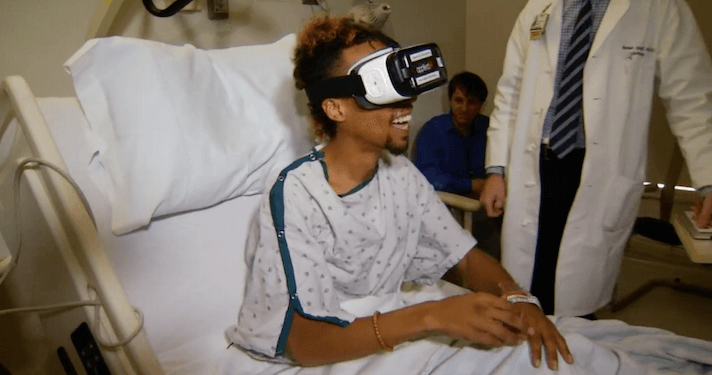With each passing day, mental illness has become the leading problem in the world. The introduction of modern technologies and tools may have made lives easier for people, but it has also complicated the human mind. People are now suffering from more mental anxiety and depression than they used to in the past. There are various methods to treat mental illness, medical technology is consistently finding out one way or the other to understand the human mind and treat it. A similar therapy is virtual therapy. In recent years it has done wonders in treating anxiety and depression. If you want to know more about the benefits of VR Therapy, keep reading this blog.
- The patients are treated more personally
The content of the video for each patient differs from one another. The healthcare provider goes through the case file of the patient and creates content that will be more suitable for the situation. There can be changes made in the content of the virtual therapy according to the patient’s needs.
- Easier to get access
When it comes to virtual therapy, the patients find it a lot easier to get access. They can opt for this therapy from their homes within the comfort of their premises. There is no need to travel to the clinic if the patient’s condition is too severe. It has the liberty that allows the therapy to be conducted anywhere the patient wants.
- Do not include drugs
Video therapy does not involve the intervention of drugs. If the health care provider thinks that the patient should carry on with the treatment without any medications, the patient will not have to take any kind of drugs. The psychotic drugs prescribed to the patients might have various side effects. In some cases, patients also become dependent on the drugs. But it is not the case with VR therapy.
- Lower dropouts
The problem with some people struggling with mental illness or any kind of long-term illness is that they stop going to the doctor. In the mental health sector, some patients do not keep visiting their mental health caregiver after a certain time. But when it is compared to virtual reality therapy, it is seen that the number of dropouts are a lot less. The patient sticks to the plan and completes the full course to get into better shape.



































































